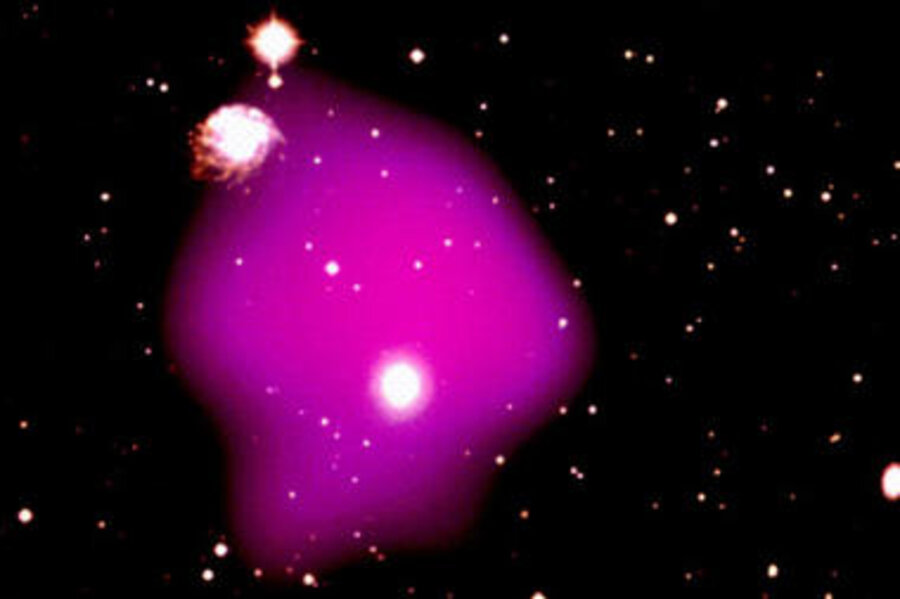XENON100 experiment: scientists confident they'll find dark matter
Loading...
The search for elusive dark matter is still drawing a blank, according to new results from one of the most powerful experiments currently hunting for the invisible stuff.
The XENON100 experiment buried deep underground in Italy is one of a handful of efforts to directly detect dark matter, a substance thought to be plentiful in the universe, despite the fact that our telescopes can't see it. Astronomers can detect dark matter's gravitational effects on normal matter, but have not yet confirmed a direct measurement of the sought-after substance.
While a few teams have reported potential sightings of the strange stuff, the new results from XENON100 — which its scientists say is the most sensitive search to date — suggests those possible signals were not dark matter. If they were, XENON100 should have detected dozens of events unless the properties of dark matter are very different than expected.
"Dark matter particles continue to escape our instruments, yet we are getting much more clever in our search and feel confident that we will soon unveil them," said Elena Aprile, spokesperson of the XENON100 experiment and a professor of physics at Columbia University.
XENON100 is a stainless steel container filled with ultra-pure liquid xenon nestled between two very sensitive cameras. If a dark matter particle hits this detector, the cameras should record a signal.
The project is buried beneath 5,000 feet (1,520 meters) of rock in Italy's Gran Sasso Underground Laboratory in a chamber of lead and copper that, along with the rock, helps filter out other radiation, including cosmic rays from space, that could be mistaken for dark matter.
The researchers use the element xenon because it is one of the heaviest atoms in the periodic table; at three times the density of water, it has many atoms per liter, which maximizes the chance that a dark matter particle will collide with it and produce a signal.
One of the leading candidates for dark matter's secret identity is something called a Weakly Interacting Massive Particle, or WIMP.
"Liquid xenon is a precious and wonderful material for catching and studying WIMPS," Aprile said.
In 1997, the DAMA/LIBRA research group of the University of Rome Tor Vergata became one of the first to claim it had found dark matter. This past February, the CoGeNT collaboration led by the University of Chicago announced that it, too, had found a signal indicative of dark matter.
However, the new results from XENON100 cast doubt on both of these findings, researchers say. The scientists presented their findings at a dark matter workshop on May 1 and have submitted a paper to the journal Physical Review Letters.





